Think of the last gadget you ordered online and how excited you were unboxing it. You may have thought, “Wow. This packaging is cool!” before digging in. Well, the truth is, you can give customers the same unboxing experience with reduced packaging materials and costs.
Packaging does more than just house goods. It increases product value, attracts customers, and improves brand recognition. However, in a world where manufacturing costs are skyrocketing, optimizing packaging costs is essential without compromising quality.
This article will explain how to reduce packaging costs and maintain your profit margin. So let’s dive in!
Table of Contents
6 ways to reduce your packaging costs
Summary
6 ways to reduce your packaging costs
Packaging optimization can help to reduce waste, saving you time and overall production costs. It can also help to increase customer satisfaction as customers appreciate products that are packaged efficiently.
Looking for tips to reduce your packaging costs? Here are six ways to go about it.
1. Optimize design
The first and perhaps most important thing that drives product appeal after its perceived use value is its design.
The reason is simple — people are attracted to what they see.
If you’re overseeing your product’s packaging, the design needs to be both appealing and functional. Think beyond aesthetics and strip the non-essential parts.
For instance, if you were designing packaging for handmade scented candles, placing each candle in a velvet pouch in the cardboard box might offer nice aesthetics but may simply be an unnecessary frill.
It’ll push up the cost without much function. The pouches don’t significantly protect the candle glass or enhance the gifting experience. The gift box alone suffices.
Look at the scented candle unboxing example below. Notice how it’s wrapped in just cardboard paper? That’s a functional and appealing design.
Doing something similar will drop costs and reduce the waste customers will inevitably discard.
Start by assessing your packaging. What components are vital for the safety and protection of the products? Remove any parts that aren’t.
Modify essential packaging like cushioning, spacers, and inserts for versatility. This will allow for fewer components and will house more product combinations.
Generally, shipping and storing thinner and lighter materials is less expensive. They occupy less space, so more boxes can fit on a pallet. In addition, they’re easily degradable, meaning they have less of a negative impact on the environment.
You should also perform structural integrity tests to determine the best materials to reduce costs without compromising packaging integrity. You can perform these tests in-house in several ways:
- Drop testing – Drop filled boxes from various heights onto different surfaces (concrete, wood) to ensure they don’t burst or that the contents don’t break.
- Stacking testing – Stack multiple packed boxes and weighted crates on top of one another for a period to simulate warehouse conditions.
- Handling testing – Simulate vibration and impacts from box handling by shaking, dropping, and tossing the items, mimicking those movements that would occur during shipping.
- Compression testing – Apply weight on the boxes for periods of time using strapping, bricks, and heavy books to replicate the compression of stacking.
Compared to pass/fail metrics, in-house structural integrity tests are less expensive and provide general validation. However, the results are subjective rather than more formal and quantitative.
To sum up, if you can’t reduce the thickness of the outer packaging without compromising the safety or integrity of the product, then aim to find ways to trim materials on your secondary packaging, like product boxes or void fillers.
2. Reduce product returns by improving packaging
Product returns are becoming a big problem for business owners. In fact, in the United States, it was noted that 16.5 percent of all registered online sales in 2022 were returned.
Shipping damaged products can cause returns. To prevent this, use the correct specification and packaging materials like foam, bubble wrap, cardboard boxes, and corrugated fibreboard to cut costs and maintain quality.
Remember, replacing returned items means losing what you originally spent on manufacturing, packaging, and shipping, plus the extra costs of the refund. So although using better materials has a higher upfront cost, it may be cheaper overall by avoiding repeatedly needing to send replacements.
Pringles is an example of a brand that uses durable packaging to protect its products and profits.
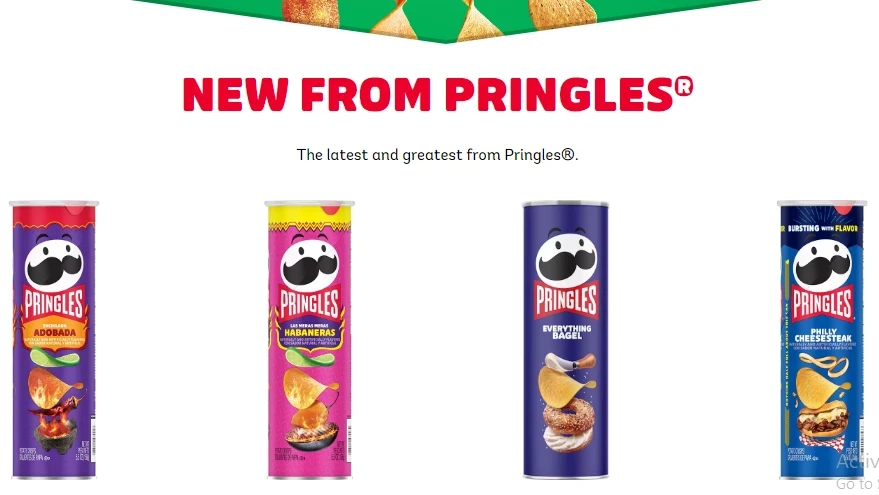
They use sturdy packaging to house their chips and avoid damage. Their packaging consists of foil-lined cardboard, a plastic lid, and a metal base that prevents the chips from getting damaged during transportation.
This minimizes the occurrence of broken and stale chips and directly reduces customer dissatisfaction and product returns once at retail locations.
Moreover, consistent returns can erode customer loyalty, leading to negative reviews. High-quality packaging and enough padding can minimize damage, thus preventing this.
For good measure, stress-test your packaging by applying force at both ends. You can also improve it by experimenting with different temperatures, humidity, and fluid infiltration.
3. Partner with packaging suppliers
By partnering with packaging suppliers, you could get bulk discounts, improve package quality, and streamline the supply chain. Additionally, since they know how you operate, they can recommend ways to streamline production and packaging costs.
Ikea, a furniture and home goods company, partnered with Stockholm Design Labs, a design agency, to produce cost-efficient packaging.
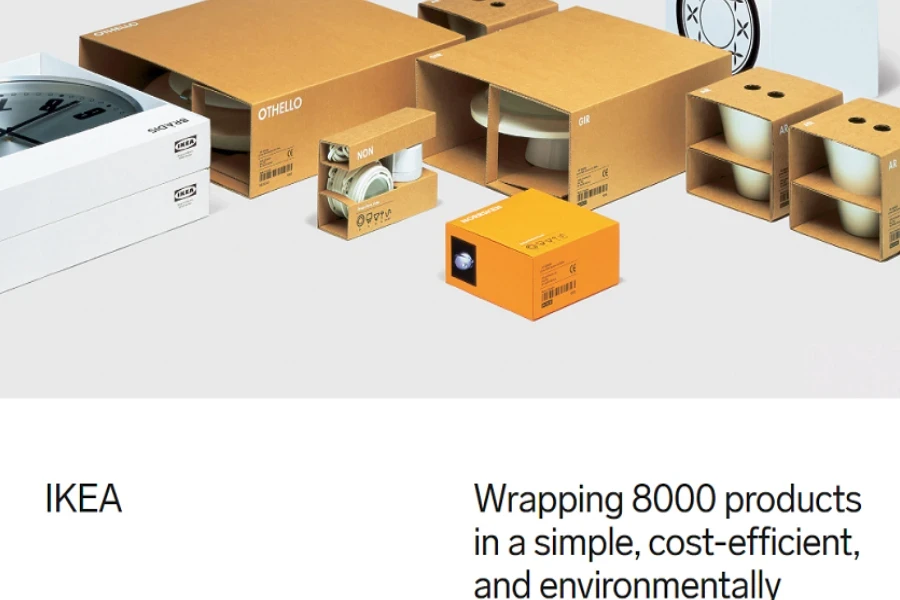
When considering a packaging supplier, do your research and read their reviews. Ask for examples of successful packaging they delivered to businesses like yours.
What’s the quality of their packaging products? What is their pricing like? Find out if they have a track record for customer service. If there’s a problem with your shipment, you want a supplier that attends to you quickly.
4. Use smaller packaging
Weight aside, shipping rates are also based on dimensional weight — the amount of space a package occupies by length, width, and height.
Large, spacious boxes drive up costs, even for lightweight items. For instance, if you ship bags of cotton balls in large boxes that take up a lot of space, the dimensional weight will increase shipping costs, even though cotton balls are light.
Use the right-size packaging for each product to avoid wasted space. Consolidate multiple small goods into shared boxes when possible. And for tiny items, switch from boxes to padded envelopes.
Public House Wine, a wine business, saved space by stacking multiple cups on one side of their packaging, and wine on the other side.
Carefully matching box dimensions to contents will maximize packing density and minimize dimensional weight, significantly saving costs on every shipment.
5. Automate your packaging process
An automated packaging line will improve the process and boost productivity by cutting packing times. This way, your workforce can concentrate on:
- Assembling and securing cartons
- Constructing corrugated cardboard
- Inserting stuffing materials and dividers
Lundbeck Pharmaceuticals automated their packaging of medications for neurological diseases, from carton and partition forming to closing and labeling.
Once you decide it’s time to automate your packaging process, use a combination of the following:
Robotic packaging systems
These are intelligent computers with arms that pick, move, label, and code products. They can also identify a specific range of products and inspect containers and shelves.
In addition, you can program robotic systems to handle several products simultaneously, increasing load times. This helps you scale your packaging process.
Synchronize the packaging process through motion control
Motion control is a machine that handles the flow of goods through the packaging process.
Mostly, companies in the pharmaceuticals and food and beverages industries where palletizing (stacking large amounts of items on a pallet for transportation) is a challenge use these machines.
With the introduction of AI into motion control, it can predict when the machine is likely to fail in the future. It alerts engineers to fix it before it happens.
This enables businesses that employ motion control to enjoy higher uptime and lower maintenance costs, boosting returns on investment.
It can also be challenging to stack and weave boxes without them tipping over. But motion control can make pallet packing more efficient and synchronized.
Use semi-automated pallet wrappers
A pallet wrapper improves the precision and consistency of wrapping materials, which helps you save on films or other wrapping materials.
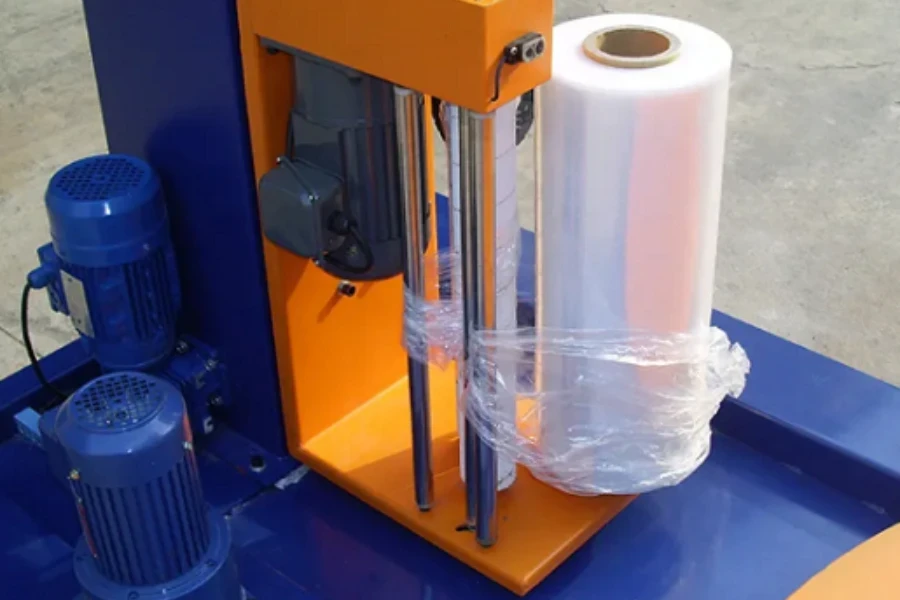
Apart from reducing waste, it also decreases your overall operating costs.
Package products with a form fill and seal machine
Consider buying a form fill and seal machine if you sell liquid, food, or pet products. It automates filling, sealing, forming, and other processes.
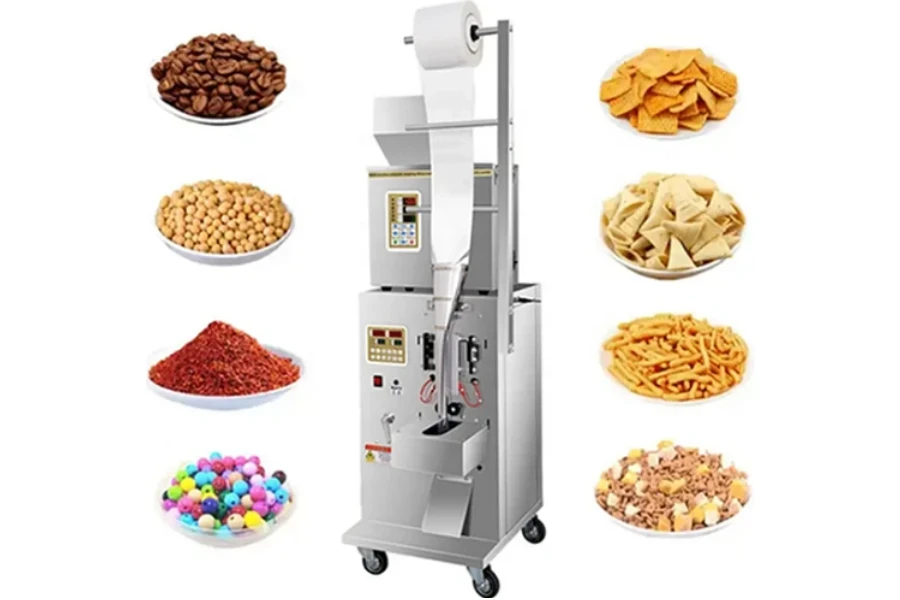
What’s more, it informs operators when there’s improper sealing, reducing waste. As a result of its precision, the process is faster, lowering packaging and labor costs.
Use smart equipment sensors
During manufacturing, different machines enjoy the functions of sensors as your products move down the packaging line. Some also ensure the correct number of containers have your products in them.
These machines will reduce your per-unit packaging time and damages, decreasing costs.
6. Use recycled packaging
Recycling materials reduces waste, limiting the amount that ends up in landfills. Recycled packaging also tends to cost less to produce, so you will save money while helping the planet.
Using recycled materials can also make your products stand out from your competitors. As more customers become eco-conscious, you could see a boost in sales.
Calvin Klein, a clothing company, is a great example. It’s committed to eliminating single-use plastic and removing unnecessary waste in all its packaging by 2030.
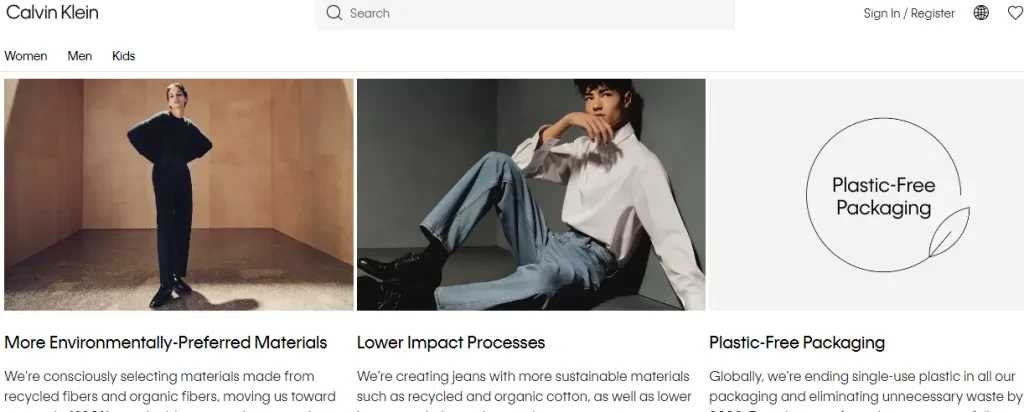
Following in Calvin Klein’s footsteps shows your brand is socially responsible and open to sustainable practices.
Summary
The costs of packaging products go beyond the expenses of production and materials. Consider the indirect costs like transportation, storage, and environmental impact.
Executing effective packaging strategies maximizes cost savings while providing value to customers. This means that as a retailer you have the opportunity to increase profit without sacrificing product integrity or branding. You can do this by using the tips in this article to reduce packaging costs and boost your bottom line.


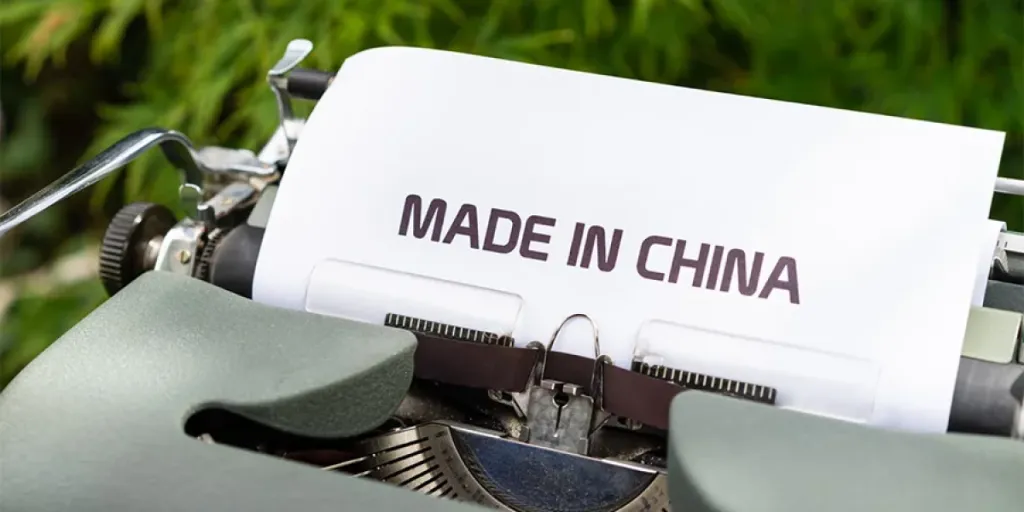
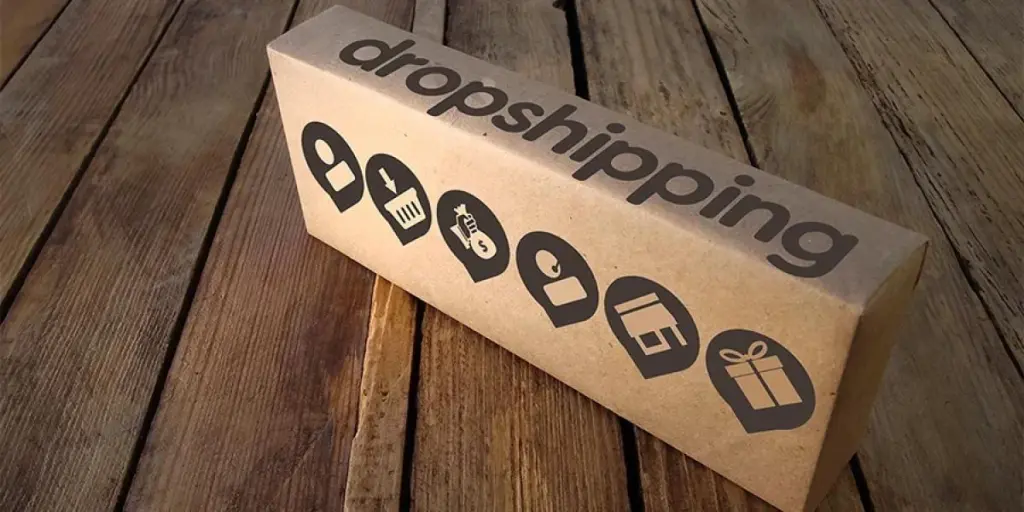
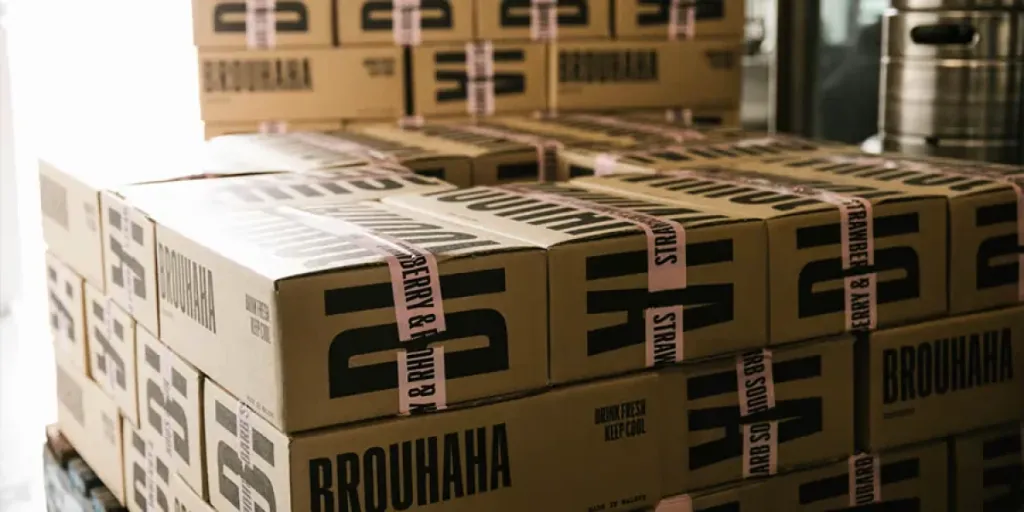
 বাংলা
বাংলা Nederlands
Nederlands English
English Français
Français Deutsch
Deutsch हिन्दी
हिन्दी Bahasa Indonesia
Bahasa Indonesia Italiano
Italiano 日本語
日本語 한국어
한국어 Bahasa Melayu
Bahasa Melayu മലയാളം
മലയാളം پښتو
پښتو فارسی
فارسی Polski
Polski Português
Português Русский
Русский Español
Español Kiswahili
Kiswahili ไทย
ไทย Türkçe
Türkçe اردو
اردو Tiếng Việt
Tiếng Việt isiXhosa
isiXhosa Zulu
Zulu